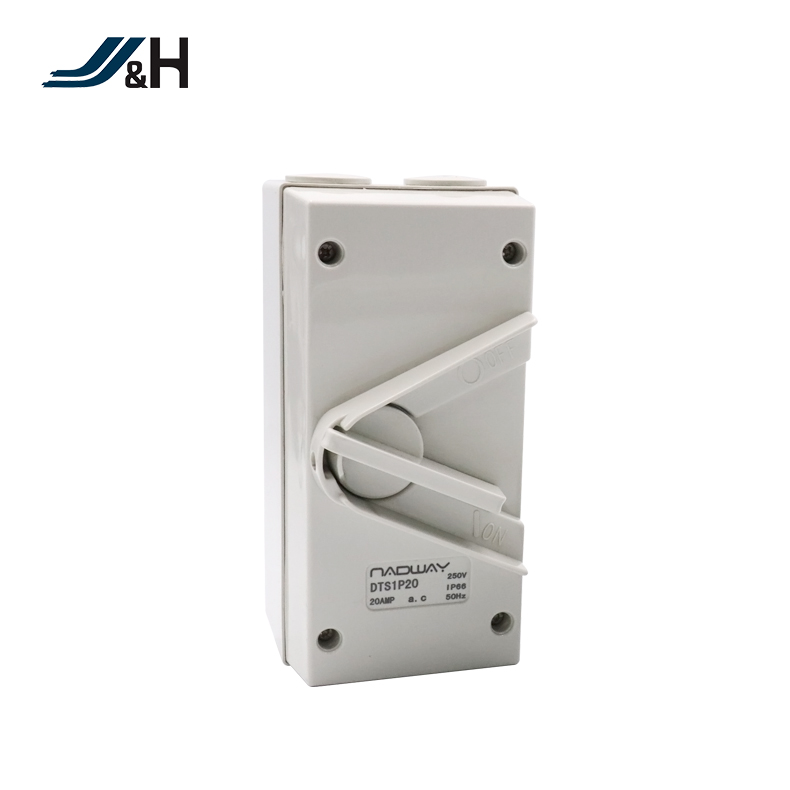Troubleshooting common issues with an outdoor power distribution box can help ensure the safe and reliable distribution of electrical power in outdoor settings. Here are some steps to help you identify and resolve problems:
Safety First:
Before troubleshooting any electrical issues, prioritize safety. Ensure the power distribution box is de-energized by disconnecting the power source.
Visual Inspection:
Inspect the power distribution box and the surrounding area for any obvious signs of damage, such as physical damage, exposed wires, or loose connections. Check for any environmental factors like water ingress, corrosion, or pests that may affect the box.
Check the Power Source:
Confirm that the power source supplying the distribution box is functioning correctly. If there is an issue with the source (e.g., a tripped circuit breaker or blown fuse), address it before troubleshooting the distribution box.
Inspect Circuit Breakers or Fuses:
Open the distribution box and inspect the circuit breakers or fuses. Look for any tripped breakers (in the "OFF" position) or blown fuses (a visibly broken wire inside). If you find any, try resetting the breakers or replacing the fuses with ones of the same rating.
Test Voltage:
Use a voltage tester or multimeter to check the voltage at various points in the distribution box. Ensure that power is reaching the box and that there are no voltage drops or fluctuations.
Test Outlets or Receptacles:
If the distribution box has multiple outlets or receptacles, test each one individually to ensure they are functioning correctly. Plug in a known working device to check for power.
Check GFCI Outlets:
If the distribution box has Ground Fault Circuit Interrupter (GFCI) outlets, make sure they are not tripped. Reset them if needed. GFCIs are sensitive to ground faults and can trip if they detect any irregularities.
Inspect Wiring and Connections:
Examine the wiring inside the distribution box for loose connections, corrosion, or damaged insulation. Tighten any loose connections and replace any damaged components.
Weatherproofing:
Ensure that the distribution box is properly sealed and weatherproofed to protect it from moisture, rain, and other environmental factors. Replace damaged seals or gaskets if necessary.
Check Load:
Make sure that the total load connected to the distribution box does not exceed its rated capacity. Overloading can cause overheating and electrical issues.
Professional Assistance:
If you are unable to identify or resolve the issue after conducting these checks, or if you are uncomfortable working with electrical systems, it's best to contact a licensed electrician or electrical technician for further inspection and repair.
Remember that outdoor power distribution boxes are exposed to harsh environmental conditions, so regular maintenance and inspections are essential to ensure their continued safe and reliable operation. Additionally, always follow safety precautions and adhere to electrical codes and regulations when working with electrical equipment.
 Abroad:[email protected]
Domestic:[email protected]
Abroad:[email protected]
Domestic:[email protected]
 Abroad: +86-18157471290
Domestic: +86-18157471293
Abroad: +86-18157471290
Domestic: +86-18157471293
- Home
- Products
- Industrial connectors
- Waterproof housings
- Power distribution box sets
- ABS electrical accessories
- Cables
- Moulds
- Power Distribution Board/Box
- Extension Lead with Plug
- AS/NZS Waterproof Electrical Products
- C Series IEC/CEE Waterproof Electrical Products
- B Series IEC/CEE Waterproof Electrical Products
- Waterproof Window Cover
- Waterproof Plastic/Metal/Aluminum Box
- House Use Electrical Items
- About Us
- FAQ
- News
- Contact Us

